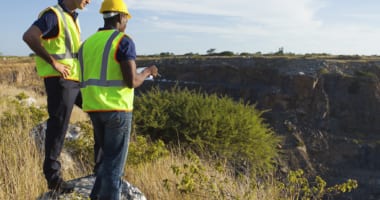Insurance is the ultimate shared value industry, where social impact is integral to economic success. Reducing accidents, improving health, and helping organizations better prepare for economic risks all improve the profitability of insurers. Yet many insurers remain stuck in a passive model rather than actively pursuing shared value, thereby overlooking opportunities to improve outcomes for both the company and society.
This report, developed in collaboration with Shared Value Initiative, Discovery Vitality, IAG, and Skandia, includes illustrative case studies to help insurance leaders re-examine their business strategies.




